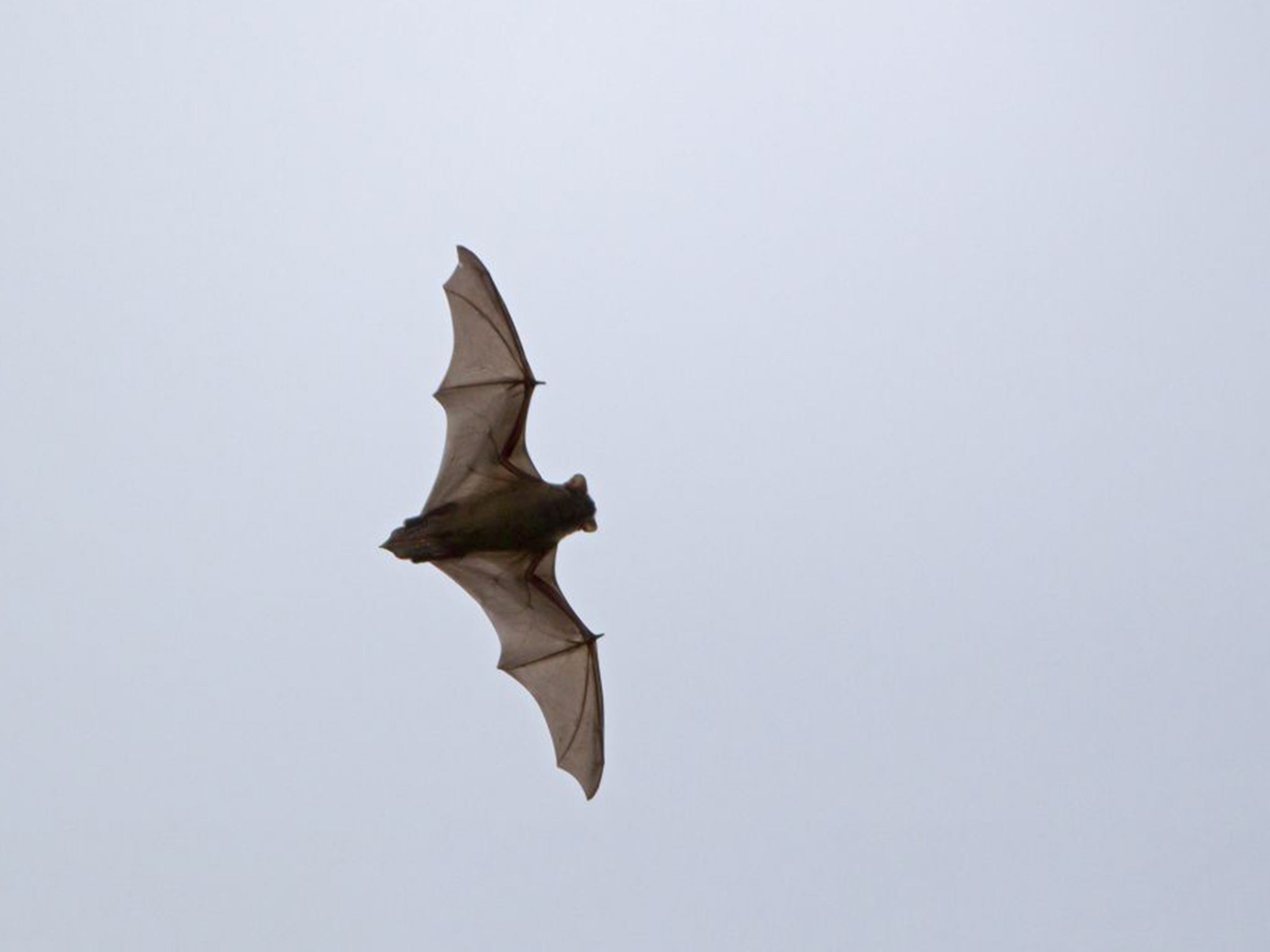Unique sensors on bats' wings could inspire a new generation of aircraft
Researchers say the sensory battery gives bats their aerial maneuverability

Bats could provide the inspiration for a new generation of aircraft after researchers found that a unique array of wing sensors give the creatures their aerial manoeuvrability.
Bats can achieve steep and sudden turns and dives that aircraft manufacturers can only dream of, especially close to ground where the slightest mistake can be deadly.
Scientists studying the animals have discovered that they have a battery of sensors which enable them to detect and react instantly to the slightest changes in wind direction and speed. It proves, researchers said, that touch is just as important to bats as echolocation – the process by which the mammals emit calls and listen for the echo – as they hunt in the dark for insects on the wing.
“Humans cannot currently build aircraft that match the agility of bats, so a better grasp of these processes could inspire new aircraft design and new sensors for monitoring airflow,” said Dr Ellen Lumpkin, of Columbia University in New York.
“This study provides evidence that the sense of touch plays a key role in the evolution of powered flight in mammals. This research also lays the groundwork for understanding what sensory information bats use to perform such remarkable feats when flying through the air and catching insects.”
The sensory battery built into bats’ wings, according to the study published in the journal Cell Reports, combined touch-sensitive receptors along with tiny hairs that provided the bat with an unrivalled picture of air movements.
Touch-sensitive receptors give the animals information on changes in wind direction while the follicles detect turbulence. To make use of the information, the bats have specialist neurons in their brains to receive the in-flight data and trigger instant adjustments.
Subscribe to Independent Premium to bookmark this article
Want to bookmark your favourite articles and stories to read or reference later? Start your Independent Premium subscription today.

Join our commenting forum
Join thought-provoking conversations, follow other Independent readers and see their replies